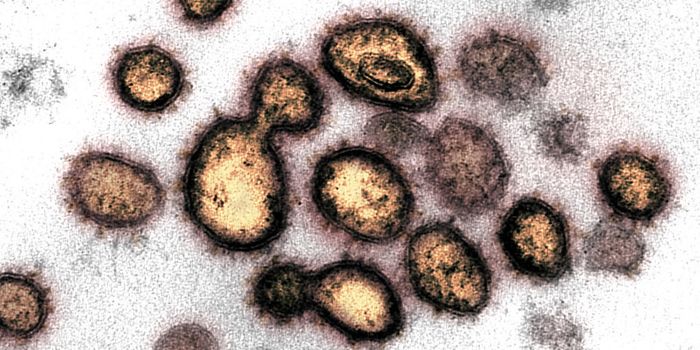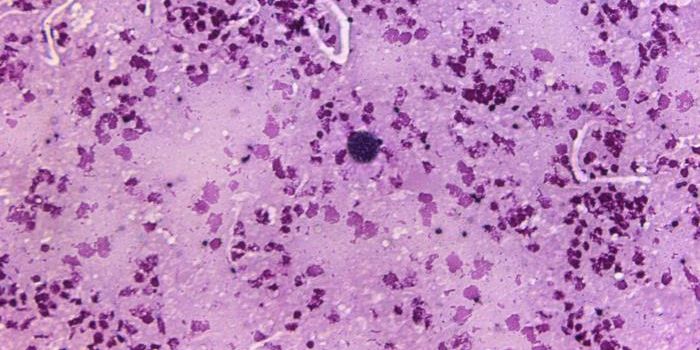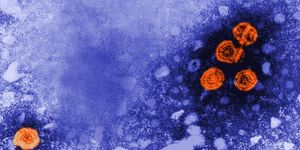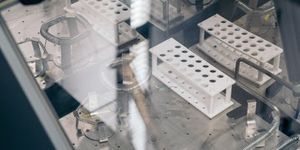Revealing how Gram-Negative Bacteria Build Cell Walls
Infectious bacteria are growing increasingly resistant to drugs, which is becoming a serious threat to public health worldwide. Bacteria can be classified based on various characteristics, such as by their shape or by the type of cell wall that they have: gram-positive or gram-negative. Many gram-negative bacteria are pathogenic, like Pseudomonas aeruginosa, and E. coli, and can evade antibiotics. Researchers have wanted to know more about disrupting the gram-negative cell wall system so we can find better ways to fight them.
In the lab of Daniel Kahne, the Higgins Professor of Chemistry and Chemical Biology at Harvard University, researchers have identified a cellular machine that constructs a protective outer shell with a tough molecule called lipopolysaccharide (LPS).
"Because there are no antibiotics for some Gram-negative infections, learning how the outer membrane is assembled and how to interfere with assembly has major medical implications," Kahne explained.
LPS is a big molecule made in the cytoplasm of bacteria. Two barriers separate it from its destination - the outer membrane. An energy-providing molecule, ATP, powers the production of building blocks that generate LPS, and shuttles them around in the cell. But ATP isn’t able to cross the membranes either. Scientists have been trying to understand the process of moving LPS to the outer membrane since the 1970s.
In Kahne’s lab, graduate student Tristan Owens was able to solve the mystery. Owens identified two structures that take LPS from the cytoplasm and get it to a protein bridge. The work, reported in Nature, showed that ATP moved the molecule along a single path.
Owens also determined how LPS can go through the bridge without additional help from ATP; a protein bridge opens and closes, moving LPS up to the outer membrane, like a Pez dispenser. "The gate provides an explanation for unidirectional transport," Kahne said, "because gate closure prevents backflow."
Drug-resistant bacteria, also known as superbugs, infect around two million people in the United States every year and kill about 23,000 of them, according to the CDC (Centers for Disease Control and Prevention). This research can help scientists design drugs that attack bacterial defenses, like the tough membranes of gram-negative bacteria. Interfering with various processes in these bacteria can also make traditional antibiotics more effective.
Learn more about the differences between gram-negative and gram-positive bacteria from the video.
Sources: AAAS/Eurekalert! via Harvard University, Nature









